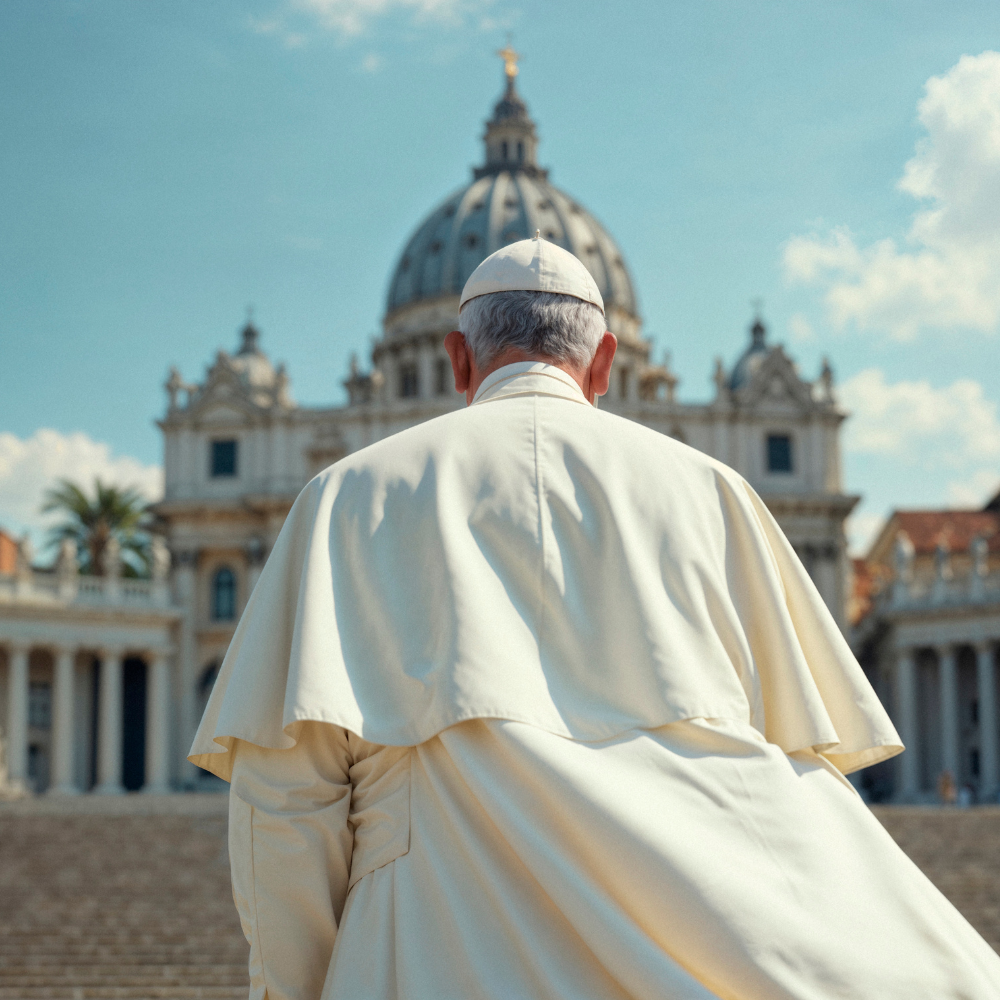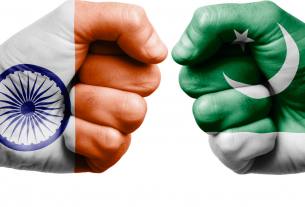In the first appearance from the balcony of St. Peter’s Basilica, the newly elected Pope Leo XIV, formerly Cardinal Robert Prevost, offered three significant clues about the direction of his papacy. The first American Pope, who assumed the name Leo XIV on Thursday, conveyed messages of continuity with his predecessor, a strong emphasis on global peace, and a nod towards tradition in his papal attire.
The choice of papal name itself offered the first major insight. By selecting “Leo,” Cardinal Prevost aligns himself with a lineage of popes known for their strong leadership and, notably, social teachings. The last Pope Leo, Leo XIII (1878-1903), significantly shaped modern Catholic social thought, advocating for workers’ rights and addressing the challenges posed by industrialization in his landmark encyclical Rerum Novarum. Vatican spokesperson Matteo Bruni noted that this choice of name is a “clear reference to the modern social doctrine of the Church,” suggesting a continued focus on social justice in Leo XIV’s pontificate, potentially addressing contemporary issues like artificial intelligence and its impact on labor.
The second clue emerged from Pope Leo XIV’s choice of language and his inaugural words. His opening statement, “Peace be with you all!” delivered in Italian, the language of the papacy, immediately set a tone of peace and unity. He further reiterated this message, referencing the conflicts in Ukraine, the Middle East, and other parts of the world, echoing the concerns expressed by the College of Cardinals prior to the conclave. By also addressing the crowd in Spanish, Pope Leo XIV paid homage to his long history of missionary work in Peru, highlighting his connection to the Global South and its struggles. Significantly, he did not address the crowd in English, his native language, perhaps signaling a focus beyond his American origins and towards the universal Church.
Furthermore, Pope Leo XIV paid a heartfelt tribute to his predecessor, Pope Francis, acknowledging his “weak but always courageous voice” and seeking permission to continue the same Easter blessing Francis gave just weeks before his passing. This gesture strongly suggests a desire for continuity with the themes of Pope Francis’ papacy, particularly his emphasis on God’s love for all and the ultimate triumph of good over evil.
The third clue was found in the new Pope’s choice of attire. Unlike Pope Francis, who famously opted for a simple white cassock in his first appearance, Pope Leo XIV donned the traditional red papal cape over his white vestments. This return to a more traditional element of papal dress indicates a potential willingness to embrace certain aspects of Vatican tradition, suggesting a papacy that might balance the progressive strides of Pope Francis with a respect for historical practices.
In conclusion, Pope Leo XIV’s first appearance offered a nuanced picture of his future leadership. His choice of name signals a commitment to social justice, his words and language underscore a deep desire for global peace and continuity with Pope Francis’ core messages, while his attire hints at a willingness to incorporate tradition. As the first American Pope, his papacy will undoubtedly be closely watched as he navigates the complexities facing the Catholic Church in the 21st century.


